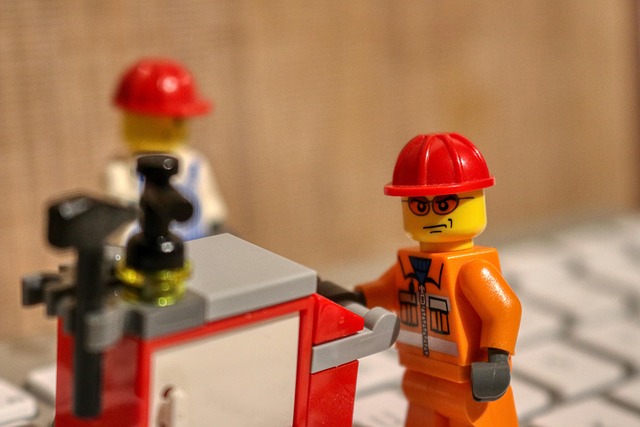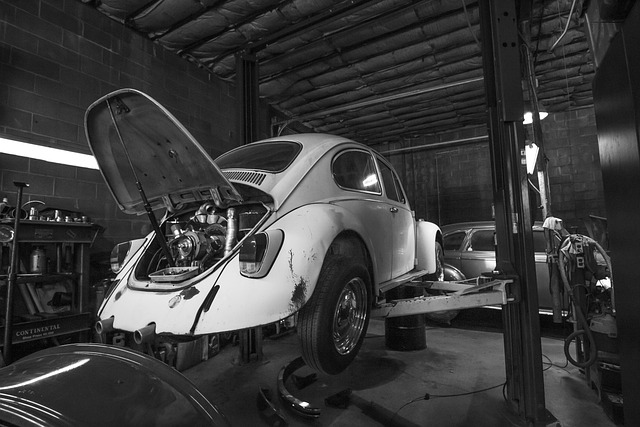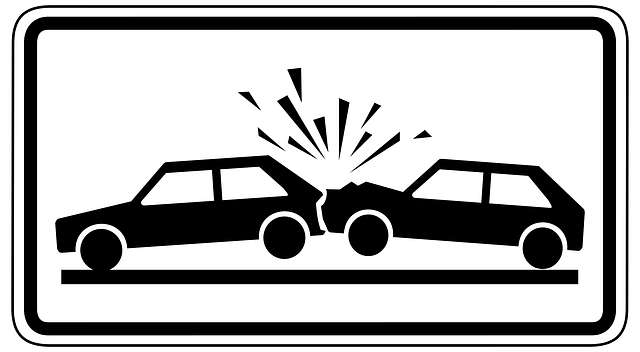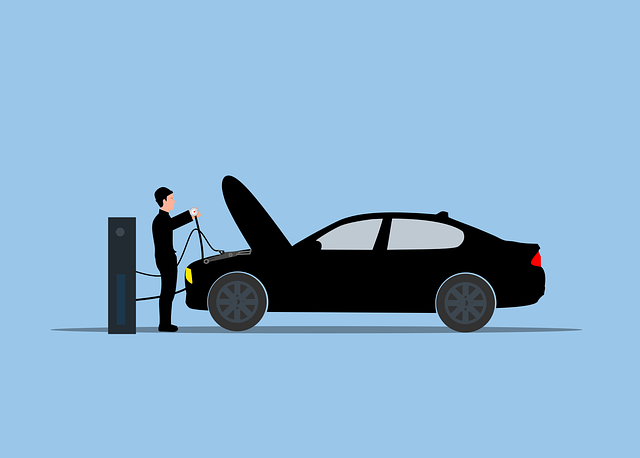The automotive industry is transforming with a customer-centric approach driven by insurance recommended repairs. Insurance companies provide clear guidelines for auto maintenance and collision repair, emphasizing transparent communication and personalized service. This modern system pairs policyholders with trusted repair centers, offering multiple options based on needs and budget. The result is higher customer satisfaction, reduced stress, and guaranteed quality repairs, particularly in tire services and bodywork, backed by industry professionals.
The rise of insurance-recommended repairs has significantly reshaped the automotive industry, transforming traditional customer experiences into more personalized journeys. This shift prioritizes client satisfaction by empowering policyholders with informed choices regarding their vehicle’s maintenance.
This article explores how modern repair processes, guided by insurance insights, enhance communication and ultimately lead to better customer feedback. We delve into the strategies that both insurance providers and repair shops employ to ensure transparency, address concerns, and achieve exceptional post-repair satisfaction levels.
- The Shift to Customer-Centric Repair Processes
- – Exploring the traditional vs. modern approach to vehicle repairs
- – Impact of insurance involvement on customer experience and expectations
The Shift to Customer-Centric Repair Processes

In recent years, there’s been a notable shift within the automotive industry toward customer-centric repair processes, largely driven by evolving insurance recommended repair practices. This new approach places the customer at the heart of every decision, from initial claim submission to final vehicle handover. Insurance companies, recognizing the importance of customer satisfaction for their own business success, are increasingly providing clear guidelines and recommendations for auto maintenance and collision repair centers to follow.
This shift has had a profound impact on how repair facilities operate. They’re no longer solely focused on minimizing costs or time to repair; instead, they prioritize transparent communication, personalized service, and ensuring the customer’s vehicle is restored to its pre-accident condition. As a result, customers are experiencing higher levels of satisfaction throughout the entire process, from understanding their coverage options to receiving a meticulously repaired vehicle that meets their expectations for both aesthetics and performance. This evolution in customer-centric repair practices has not only enhanced relationships between insurers, repair centers, and policyholders but also contributed to a more seamless and positive experience for all involved parties.
– Exploring the traditional vs. modern approach to vehicle repairs

The traditional approach to vehicle repairs often involved taking cars to a mechanic or collision repair center recommended by word-of-mouth or local listings. Customers would bring their damaged vehicles in, and mechanics would quote a price for parts and labor based on their experience and discretion. This method can sometimes lead to unexpected costs, as customers may not fully understand the repair process or the quality of parts used.
In contrast, modern insurance recommended repairs offer a more transparent and customer-centric approach. Insurance companies now have partnerships with trusted collision repair centers that prioritize customer satisfaction above all else. When an insured person files a claim for car paint repair, auto glass replacement, or any other damage, they are often given several options for repair facilities, allowing them to choose the one that best suits their needs and budget. This modern system ensures that customers feel empowered during the repair process, promoting higher satisfaction levels overall.
– Impact of insurance involvement on customer experience and expectations
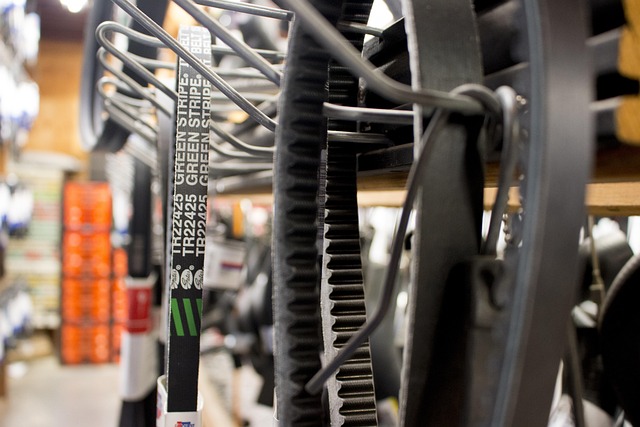
Insurance recommended repairs have a significant impact on customer experiences and expectations. When insurance providers offer specific repair options, customers often view this as a level of trust and expertise, enhancing their overall satisfaction. The process streamlines the often stressful experience of dealing with damage to their vehicles, ensuring they receive quality services tailored to their needs.
Involvement of insurance companies sets clear guidelines and standards for repairs, which can lead to more consistent and reliable car restoration outcomes. Customers appreciate knowing that recommended repairs are backed by professionals, potentially saving them time and money while also guaranteeing a job well done. This level of assurance is particularly notable in aspects like tire services and vehicle bodywork, where customers rely on experts to restore their vehicles to pre-damage condition.
Insurance recommended repairs have significantly reshaped the customer satisfaction landscape, particularly in shifting the focus towards a more customer-centric approach. The traditional repair process, often cumbersome and confusing for consumers, has evolved into a modern experience that prioritizes transparency, convenience, and quality. By streamlining communication between insurers, repair shops, and policyholders, insurance recommended repairs have not only enhanced overall customer satisfaction but also fostered trust in the automotive services industry. This shift reflects a growing trend of putting customers first, ensuring they receive top-notch service while keeping them informed every step of the way.


